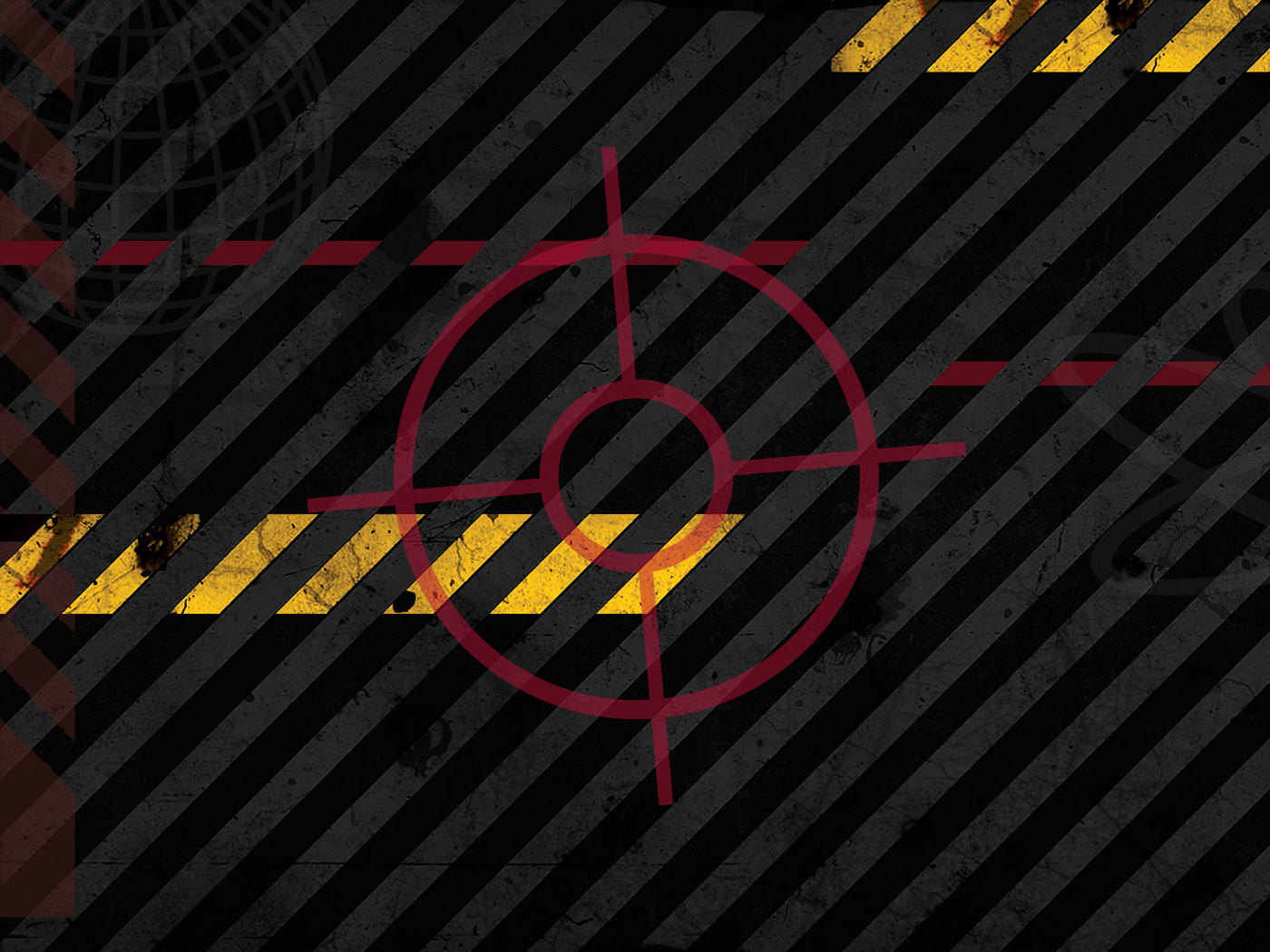Most of the chemical arguments in support of creation over evolution have stressed the biochemical perspective as it relates to the origin of life. While it is not suggested that these biochemical arguments should be minimized in any way, basic inorganic chemical roles of specific elements have been somewhat overlooked as worthy providing equally strong testaments of creation.
Consider the element carbon (C)—the most unique element of all the chemical elements in the Periodic Table. It is a nonmetal having unlimited capacity to participate in every known type of covalent chemical bonding (i.e., pairs of electrons shared between atoms) which unite atoms of the same kind to each other and to other kinds of atoms as well. This feature, called catenation, is virtually unlimited only for the element carbon, making possible the wide diversity of organic molecules needed for life.
Other elements, such as silicon (Si), nitrogen (N), sulfur (S), phosphorus (P), etc., display some very limited capacities for catenation, but do not even come close to rivaling the catenation ability of C. Without this unique feature, the formation of such essential biomolecules as proteins, DNA (deoxyribonucleic acid), RNA (ribonucleic acid), cellulose, etc., would be impossible. Ironically, in spite of its crucial importance, carbon comprises only 9 to 10 percent by weight of the composition of all living things and only 0.017 percent of the earth's composition. Nonetheless, there is no other element that can replace even one or two C atoms in biomolecules, without destroying the biological integrity of these systems.
| Key Elements in the Periodic Table | ||||||||
|---|---|---|---|---|---|---|---|---|
| Main Groups | Transition Metals | Main Groups | ||||||
| I | II | III | IV | V | VI | VII | VIII | |
| H | C | N | O | F | ||||
| Na | Mg | Si | P | S | Cl | |||
| K | Ca | Cr Mn Fe Co Ni Cu Zn | As | Br | ||||
Elements such as carbon (C), nitrogen (O), sulfur (S), phosphorus (P), and other nonmetals are called Representative or Main Group Elements. With the exception of oxygen, atoms of these elements are stable only when even numbers of their electrons unite in pairs; otherwise the presence of "unpaired" electrons impart chemical instability. On the other hand, metallic elements such as chromium (Cr), iron (Fe), nickel (Ni), etc., called Transition Metals, are among the Sub-Group Elements and do contain unpaired electrons, but surprisingly are chemically very stable.
The element oxygen (O) exists freely in nature as the gaseous diatomic molecule O2. No substitute for oxygen exists which is similarly utilized in life processes. There are other Representative Elements which also occur as free diatomic molecules, e.g., hydrogen (H2), nitrogen (N2), fluorine (F2), and chlorine (Cl2). However, O2 is the only molecule of this type possessing two unpaired electrons; the others all have paired electrons. In spite of this, O2 is still chemically stable. This singular notable exception to the electron-pair rule of stability for Representative Elements has no known explanation. The only other molecule with an electron arrangement exactly that of O2 is S2. However, S2 is a highly unstable molecule, which is the reason that sulfur does not exist in this form. Furthermore, if it were not for the two unpaired electrons in O2, it would not be capable of binding to the iron (Fe) atoms in hemoglobin, with precisely the amount of energy needed to carry the O2 into the bloodstream and then release it. Some other molecules such as CO and NO can replace O2 in binding to hemoglobin, but they completely destroy the hemoglobin function.
Similarly, there are several other transition metals comparable to iron which can replace it in hemoglobin and also bind O2, but this binding is either too strong or too weak. Thus, there are no non-iron analogues of hemoglobin having the required properties of normal hemoglobin for transporting O2 in blood.
Furthermore, in cytochrome oxidase, O2 reacts specifically with electrons produced via an oxidation/reduction coupling mechanism between iron (Fe3+) and copper (Cu2+), whereby these are reduced to Fe2+ and Cu+ respectively, and again reoxidized to Fe3+ and Cu2+. This process occurs in cycles during the mechanism of O2 binding to iron in hemoglobin. No other substitutes for these two elements in this process exists. Life's requirements are precise.
The element zinc (Zn) is crucial in the formation of so called zinc "finger" proteins, in which Zn2+ is bonded to pairs of cysteine and histidine amino acids, acting like "fingers" which interact with specific gene segments. In a portion of a mouse gene, for example, this protein recognizes a unique DNA site using three of these "fingers." Zinc is the only element that will function in this particular system.
Sodium (Na), potassium (K), and chlorine (Cl) are elements playing a major role within the plasma membrane of cells. Sodium ions (Na+) and potassium ions (K+) are stabilized by chloride ions (Cl-) in a "pump" mechanism driven by the energy provided from ATP (adenosinetri phosphate). This process is vital for balancing the osmotic pressure within the cell so as to stabilize the cell's fluid volume.
The structured portion of hemoglobin which binds iron is called a porphyrin ring. If this porphyrin is translated into another biomolecular environment and the iron atom replaced by magnesium (Mg), chlorophyll, a key component essential to plant metabolism, is formed which is the most efficient photoelectric cell known. It is some 80 percent more efficient than any photocells fabricated by man. While calcium (Ca) and some other metals can replace Mg in chlorophyll, the products do not at all duplicate the photoelectric efficiency of true chlorophyll. However, calcium has its own critical role in maintaining bone structure of vertebrates.
Proteins are composed of amino acid molecules chemically bound together by what are called polypeptide bonds. The amino acids themselves are carbon/hydrogen compounds containing an amino group, i.e., -NH2, -NHR, or -NR2 (where R represents one or more carbon/hydrogen groups) bonded to a C atom, plus an acid group (-COOH) bonded to the same C atom. Although there are thousands of varieties of amino acids, only 20 are involved in all natural protein structures.
Furthermore, amino acids exist in two structural forms, D and L, which are non-superimposable mirror images of each other. In the absence of any imposed controls, both D and L forms will naturally occur in essentially equal amounts; however, all proteins are made of only the L form. By way of contrast, sugars (saccharides) which are carbon/hydrogen/oxygen compounds, have closed ring structures and also exist in both D and L isomeric forms. While there are numerous varieties of sugars, it is only the simplest, 5-membered ring structure called ribose, in only its D form, that is present as one of the three fundamental molecular components in the structures of DNA and RNA.
Both DNA and RNA are in some respects more complex than proteins, because they contain a greater variety of molecular units forming nucleic acids (nucleotide bases, ribose, and phosphate). These nucleic acids are all joined together in very specific patterns so as to perform unique and crucial functions. The ribose and phosphate (-PO4) units are bonded together in a regularly alternating sequence, thus producing long chains coiled in a right-handed helix. Each nucleotide is bound to one specific C atom on each ribose unit. In the case of RNA, the structure is a single stranded right-handed helix containing four different nucleotide bases (adenine, cytosine, guanine, uracil) arranged in a very specific repeating sequence throughout the length of the chain. Each type of RNA has a different pattern in the sequencing of the four nucleotides. The DNA structure consists of a right-handed double helix also containing four nucleotides. Three of these are the same as in RNA, but one is different; Thymine replaces uracil. Always we see the precise nature of life's chemistry.
The nucleotide bases themselves belong to two classes of molecules called purines and pyrimidines. Adenine and guanine are purines, while cytosine, thymine, and uracil are pyrimidines. There are many hundreds of varieties of purines and pyrimidines, but only these select five determine the structures and functions of DNA and RNA.
Similarly, ribose is only one of a large number of molecules called saccharides. Why only the D isomer of ribose, but not one or more other saccharides in DNA and RNA?
Likewise, why only phosphate (-PO4) and not arsenate (-AsO4), sulfate (-So4), or silicate (-Sio4)? Only phosphate works correctly in bonding the DNA and RNA polymers. The uniqueness of phosphate is further exemplified as an irreplaceable component in the biologically essential molecules AMP (adenosine monophosphate), ADP (adenosine diphosphate), and ATP.
Consider the all-important water molecule. Although not stated explicitly, the Bible (Genesis 1:2) implies that water was the very first material substance created by God. The water molecule (H20) is truly a unique substance. It is capable of bonding intermolecularly (between molecules) through what are called hydrogen bonds. These are weaker than normal chemical bonds, but are nonetheless extremely important for maintaining the structural integrity and controlling the physical properties of both liquid and solid water (ice).
Two hydrogen bonds between each of the H20 molecules in ice, creates a more open structure than in the liquid state. Hence, the density of ice is lower than that of the liquid (an abnormality relative to other substances). This not only allows ice to float above the liquid, but is also the reason that water freezes from its top level downward; which is unlike all other natural liquids. This feature can hardly be coincidental, since all aquatic life in subzero (C°) environments would be entombed in ice if this were not the case.
Every living cell is composed of 70% by weight water and only 26% by weight of various macromolecules cited above. Yet, there is virtually no tolerance for this quantity of water to be altered without irreparably damaging the cell.
These particular examples derived solely from chemistry, even in the absence of life, provide clear evidences of complex design imparting a uniqueness to structure and function. Such characteristics defy the probability that any random evolutionary process could account for such specificity in design, attributable only to the Creator, God.
A few select reference texts have been listed for further study.
- R. Chang, Chemistry, 6th ed., Boston: McGraw Hill, 1998.
- T.W.G. Solomons, Organic Chemistry, 6th Ed., New York: John Wiley & Sons, 1996.
- W.L. Jolly, Modern Inorganic Chemistry, Boston: McGraw Hill, 1984.
- B. Alberts, D. Bray, J. Lewis, M. Raff, K. Roberts and J. Watson, Molecular Biology of the Cell, 3rd ed., New York: Garland, 1994.
* Edward A. Boudreaux, Ph.D., is Adjunct Professor of Chemistry at ICR and Professor of Physical Chemistry, University of New Orleans, retired.
















